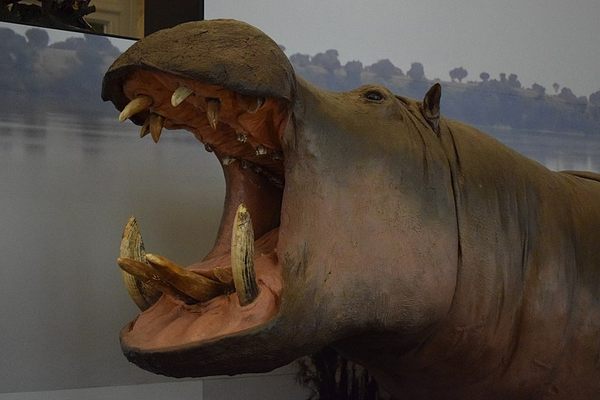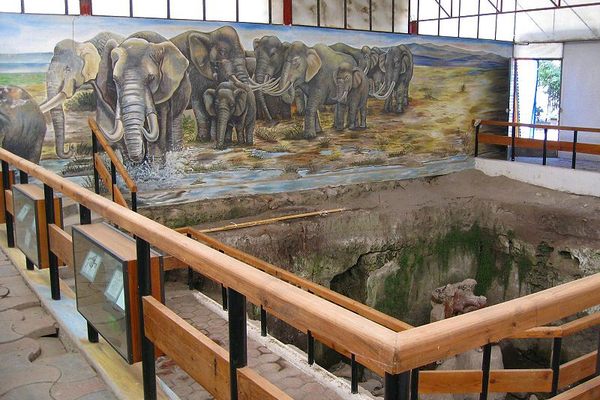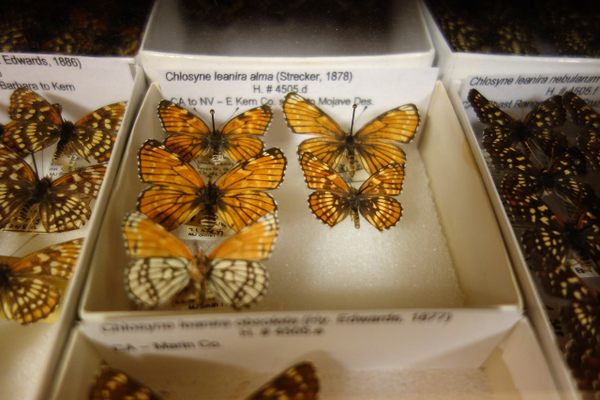About
During the Alaskan gold rush, eager miners used high-pressure water guns to sweep away frozen silt, the possibility of gold right underneath it in the gravel. They often came across the mummified carcasses of large animals, but paid them little mind, tossing them to the side to continue their excavations. In July, 1979, a busy miner uncovered a pair of bison feet poking awkwardly out of the mud, but instead of working around it, he decided that maybe someone should take a look at his find.
What the miner had uncovered was something remarkable. After it was excavated, a necropsy was performed on the bison by Dale Guthrie of the University of Alaska, and the data from that along with the evidence from the animal's position and nearby peat deposits dated the creature at 36,000 years old.
Blue Babe, named for the metallic blue sheen of the mummified hide, was able to give Guthrie an astounding amount of details about his life and death. Blue's mummy was so well preserved that there was evidence of horns and male genitalia, allowing for sex identification. The horn remnants gave an annual sequence that helped estimate his age, and claw and tooth marks eventually identified the American lion as the source of his demise.
The discovery of Blue Babe's mummy has vaulted our knowledge of the ice-age steppe bison to a completely new level, serving as a shiny blue window into the prehistoric past. The display of the mummy is not the actual full-fledged find – Blue's tanned and treated skin has been removed from the carcass and placed on a plaster replica.
Related Tags
Community Contributors
Added By
Published
June 25, 2012




































